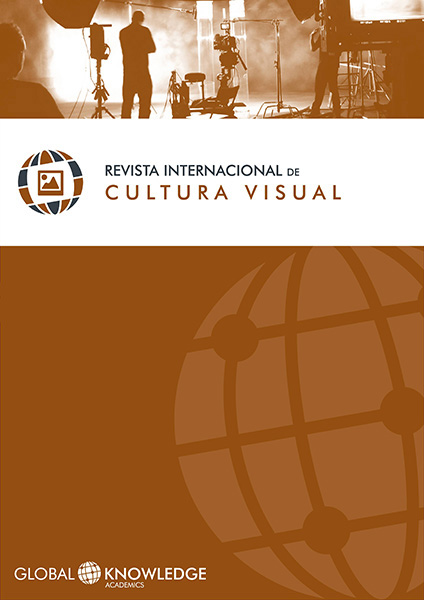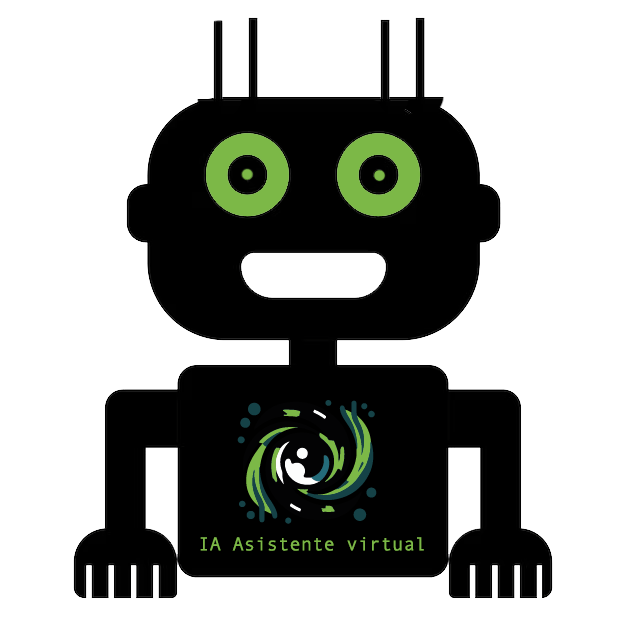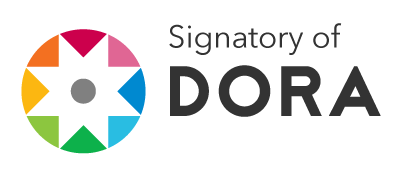Selfportraits in the Web
DOI:
https://doi.org/10.37467/gka-revvisual.v2.655Keywords:
Digital Photography, Digital Images Archive, SelfieAbstract
The objective of this paper is an analysis of some tools and applications used for creating, sharing and archiving self images in cyberspace. From the practice and the theoretical analises these tools evidence the multiple inconstancy of the human desire for images that documents and fictionalizes themselves in social communities like Facebook, Tumblr and Instagram. The sharing of these photographic experiences became evidenced by the selfie phenomenon and brings to reflection the relationship between visibility and subjectivity, life and art.
Downloads
Global Statistics ℹ️
|
515
Views
|
193
Downloads
|
|
708
Total
|
|
References
Batchen, G. (2008). Snapshots. Art history and the ethographic turn. Photographies, 1 (2), pp. 121-142. DOI: https://doi.org/10.1080/17540760802284398
Deleuze, G. y Guattari, F. (1995). Mil Platôs: Capitalismo e Esquizofrenia. Vol.1 . São Paulo, Brasil: Editora 34.
Deleuze, G. y Guattari, F. (1997). Mil Platôs: Capitalismo e Esquizofrenia. Vol.4 . São Paulo, Brasil: Editora 34.
Mendelson, A. (2010). Look at us: Collective Narcissism in College student Facebook Photo Galleries. Networked Self: Identity, Community and Culture on Social Networks Sites . Routledge, Cambridge: Zixi Papacharissi.
Piza, M. (2012). O fenomento Instagram: considerações sob a perspectiva tecnológica. Brasília, Brasil: Universidade de Brasília.
Rose, N. (2001). Inventando nossos eus. Silva, T. Nunca fomos humanos: Nos rastros do sujeito (pp. 139-203). Belo Horizonte, Brasil: Editora Autentica.
Sibila. P. (2003). A intimidade escancarada na rede: Blogs e webcams subvertem a oposição público/privado. INTERCOM - Sociedade Brasileira de Estudos Inderdisciplinares da Comunicação. XXVI Congresso Brasileiro de Ciências da Comunicação – Belo Horizonte, Brasil.
Sibila. P. (2008). Show do eu: A intimidade como espetáculo. Rio de Janeiro, Brasil: Nova Fronteira.
Silva, T.T. (2008). Blogs e as ferramentas de publicação pessoal no processo de construção de subjetividades. Campinas, Brasil: Unicamp.
Stein, J. (s/d). The Me Me Me Generation. Disponível em: http://www.time.com/time/magazine/article/0,9171,2143001,00.html
Downloads
Published
How to Cite
Issue
Section
License
Those authors who publish in this journal accept the following terms:
-
Authors retain copyright.
-
Authors transfer to the journal the right of first publication. The journal also owns the publishing rights.
-
All published contents are governed by an Attribution-NoDerivatives 4.0 International License.
Access the informative version and legal text of the license. By virtue of this, third parties are allowed to use what is published as long as they mention the authorship of the work and the first publication in this journal. If you transform the material, you may not distribute the modified work. -
Authors may make other independent and additional contractual arrangements for non-exclusive distribution of the version of the article published in this journal (e.g., inclusion in an institutional repository or publication in a book) as long as they clearly indicate that the work was first published in this journal.
- Authors are allowed and recommended to publish their work on the Internet (for example on institutional and personal websites), following the publication of, and referencing the journal, as this could lead to constructive exchanges and a more extensive and quick circulation of published works (see The Effect of Open Access).













